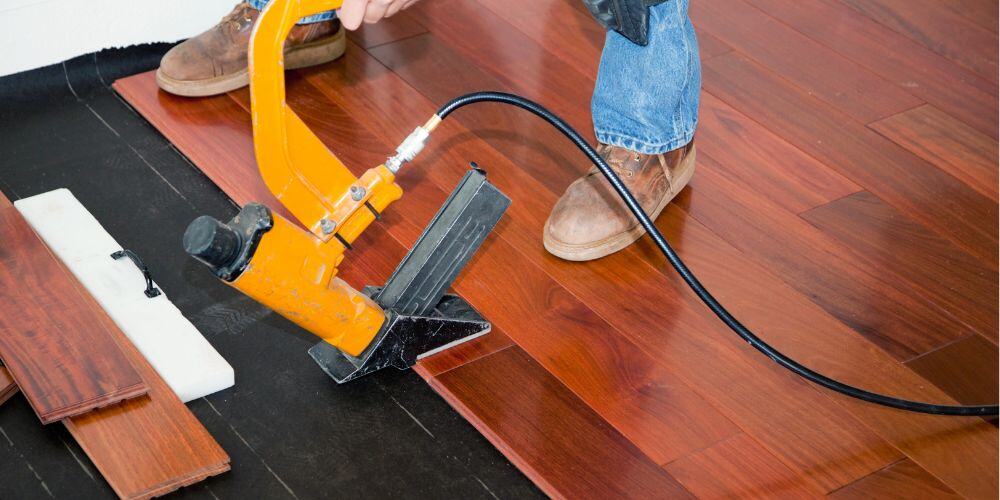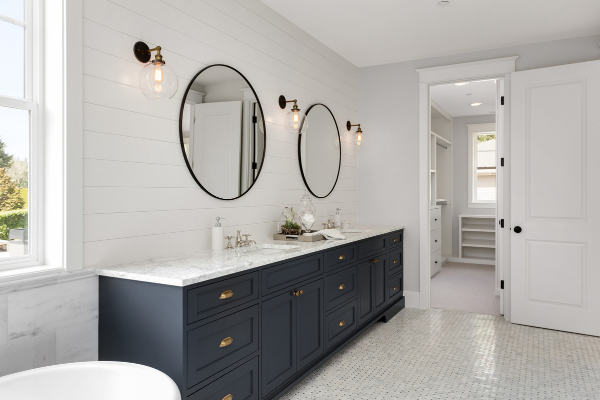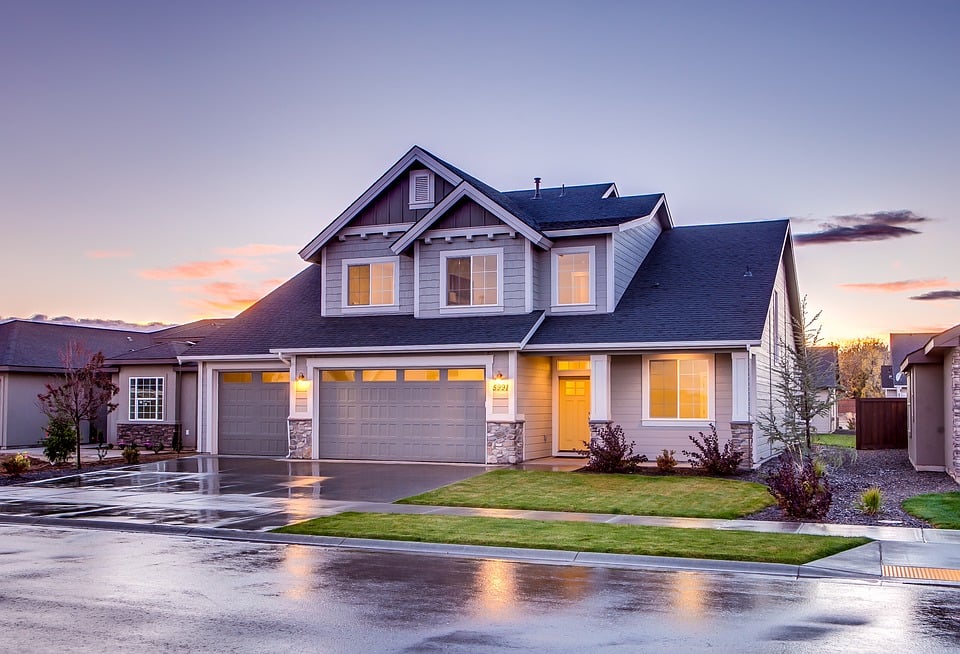Mistakes That Bad Contractors Make When Installing Hardwood Floors
Ah, hardwood. A beaming hardwood floor's simple, natural beauty can inspire lust in almost any homeowner. It lasts forever, wears impeccably, cleans up easily, and requires the lowest maintenance after installation. We can't say many bad things about it.
However, we can say a few bad things about contractors who cut corners while installing hardwood floors. This is an art and a science, but some contractors don't even know which direction to lay wooden flooring or anything about wood floor layout patterns. We wish more of our customers were more informed about the importance of quality, care, and attention during this crucial step in the process of a floor renovation.
This post provides an overview of a few mortal sins committed by bad contractors. When choosing a contractor for your flooring, always make sure to ask for references and ask those references detailed questions. These tips may help you narrow down your search! (And remember—we know a simply excellent contractor right in the Wallingford area if you're in the market for someone who does CT whole-house remodeling and hardwood floors!)
These Are The Common Mistake Bad Contractors Make
Unfortunately, wood floor contractors are not all cut from the same cloth. This means that not all wood floor installers will go above and beyond to ensure you have exceptional wooden floors installed in your home.
Finding hardwood floor installers who know their stuff can seem like an impossible task. Luckily, if you know the common mistakes a bad flooring installer makes, you'll know what to avoid when looking for central CT flooring services.
Not Accurately Handling Moisture Issues
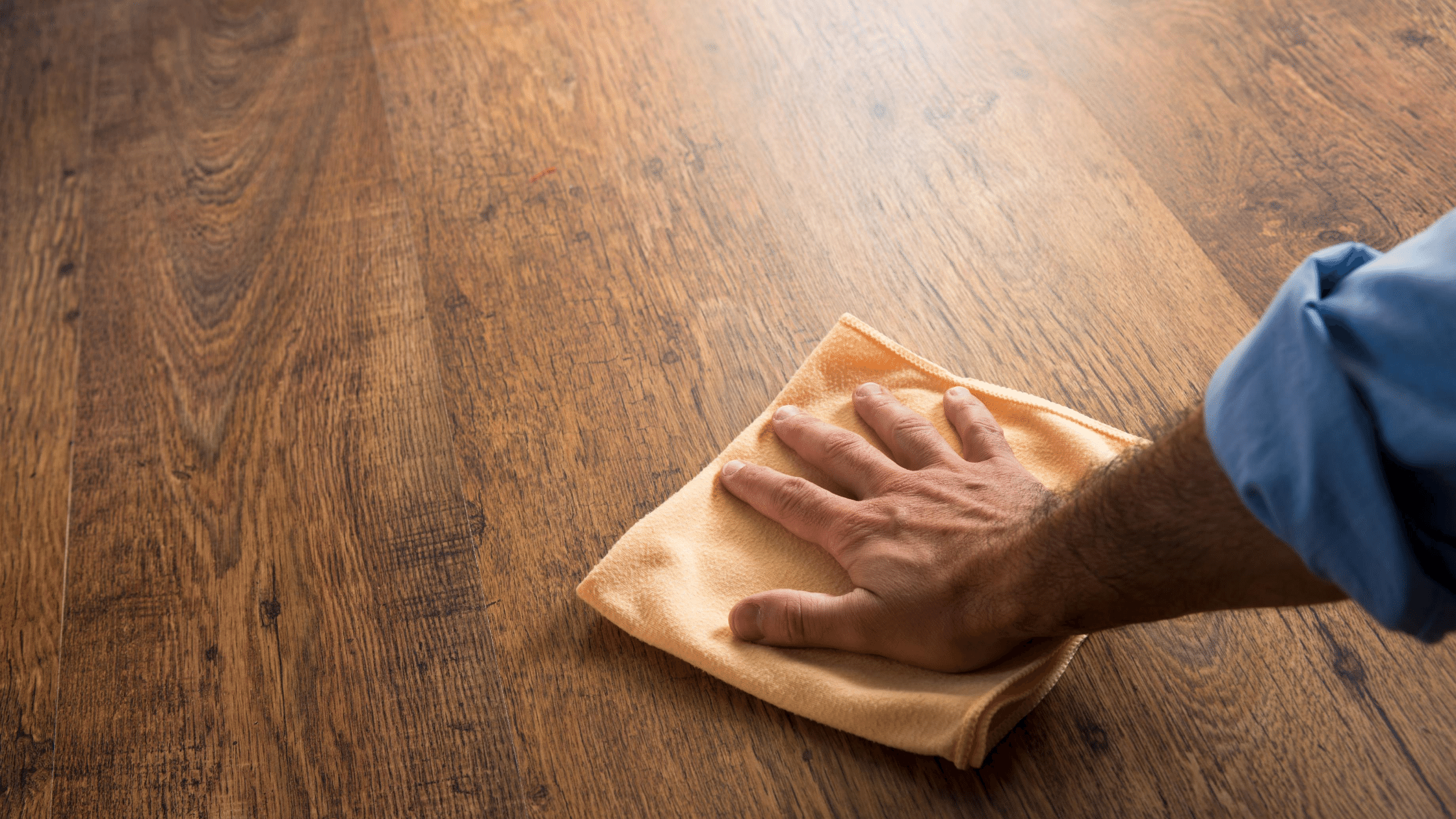
This is a big one, and bigger than you might ever expect. It isn't hard to believe that moisture is the enemy of hardwood. Seri problems can result from a moisture issue, whether you're talking about too much or too little. But it might surprise you to hear that this issue is so important that it is the No. 1 cause of flooring problems and one of the top signs of bad hardwood floor installation.
Two terms are important to remember when dealing with moisture: moisture content, or MC, and relative humidity, or RH. Both of these dictate almost everything about whether your flooring will remain intact over time after installation. Unfortunately, if the contractor does not regulate both of these before installing, your floor could contract or expand when the weather gets colder, hotter, or more or less humid—creating an ugly situation at best and a disaster at worst.
Wood needs to be stored and treated differently during the winter than in the summer, and humidity results will be different for each season.
Make sure your contractor knows all of the ramifications of moisture as it relates to bad hardwood floor installation, and ask pointed questions about how the wood is stored, transported, and kept at the job site before installing it. If you have doubts about moisture, you may consider using engineered wood. Because it's more stable, it will be less prone to expansion and shrinkage, which can cause these problems. However, remember that minor changes are normal with age and the nature of the wood.
Not Paying Attention To Layout And Design
Despite all the measuring and double-checking that a team does while building a house, it's often impossible to create a precisely square room made to exact measurements down to the tenth of an inch. However, this is the very thing that could cause problems for the flooring team when installing a new hardwood floor.
A good team will plan for this and ensure everything is precise and measured, but a less-than-excellent contractor will not take the time upfront to do this, leading to a bad wood floor installation. They might just start installation before completing all of the measurements, which results in crooked flooring lines leading down hallways and awkward angles when finishing the last amount of the square footage. Not to mention—this method may also end up taking more time since the end stage of fixing all these hardwood flooring mistakes takes several hours.
A good contractor knows better and will assess the situation carefully before beginning any work. A plan will be constructed to account for strange areas that go around corners or back into oddly shaped areas of the home. When a good contractor finally gets started on the installation, the first parts of the flooring to be installed are the longest-running areas of the home to make sure that the lines through these areas stay clean and straight. Oddly shaped areas will be worked around the main parts to create a seamless look that doesn't take more time than necessary.
Ignoring the Importance Of Proper Racking
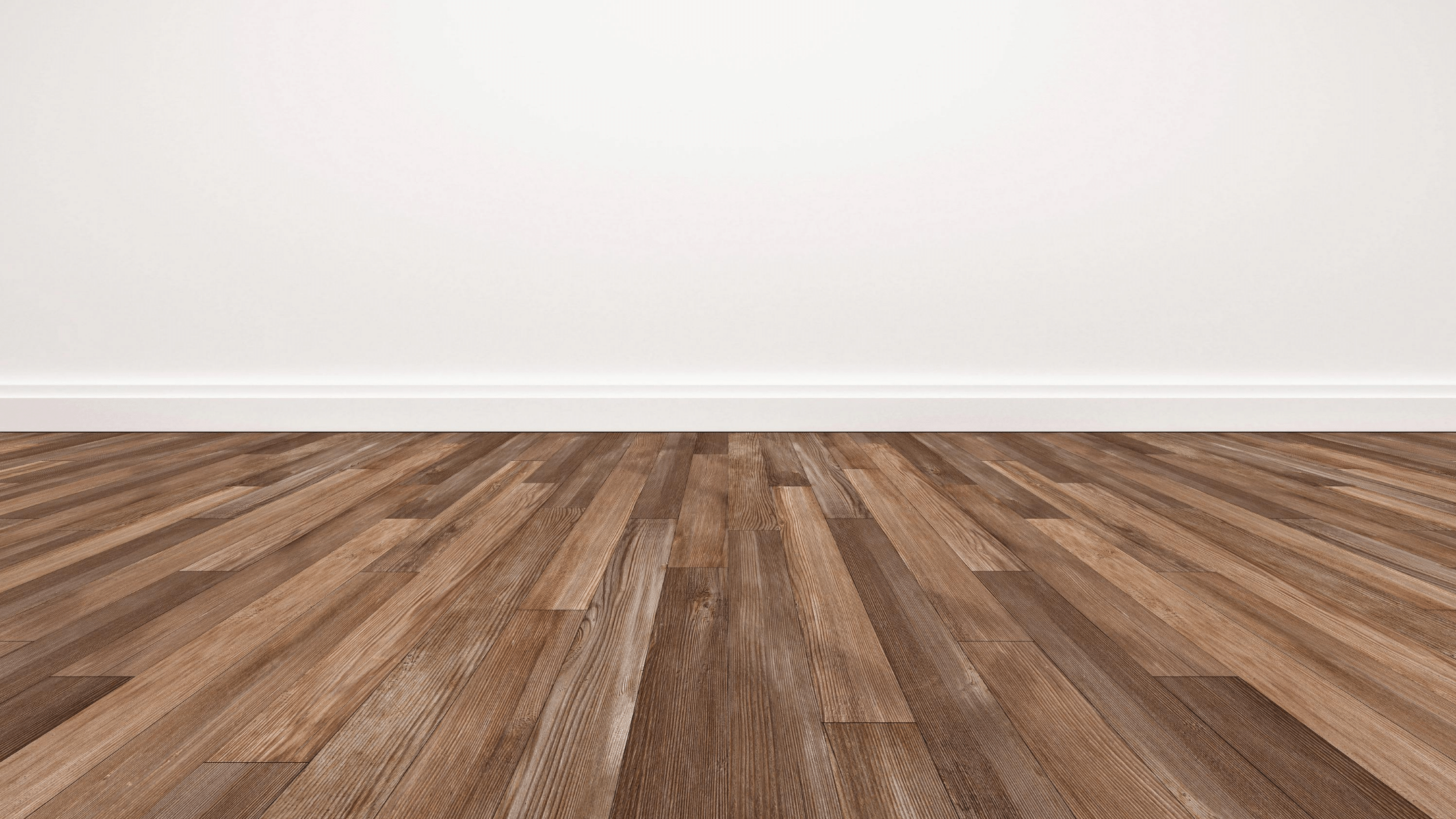
Racking can encompass a range of things but is most simply known as the seamlessness of the installation. No one spot on the floor should catch your (or anyone else's) eye; everything should be tied together, from the color of the wood (and even the type of wood, since sometimes different species of wood can be mixed inadvertently) to the way the pieces are arranged in an unusual space or at the end of a room.
Bad racking means that a contractor simply wasn't paying attention and planning for the end result and overall look. Often, joints will be uneven, mismatched, or unevenly spaced. Also, important main parts of a room, like in front of the fireplace, may have strange arrangements of boards that look clumsy and chaotic. You might also see long rows in hallways with lighter-colored boards and one dark board stuck in between without care, making the entire hallway look strange.
Nothing makes us twitch more than seeing these things in flooring installation, and it happens all too often in homes and businesses across America. That's why we recommend asking your CT floor contractor how he plans his racking and propose listening to his answer. A good contractor will have a detailed plan and be able to cite examples and even photos of his previous work. It is also a good idea to ask for his references before you hire him, as this can shed light on whether he will perform a bad flooring job.
Failing To Get the Subfloor Ready
The subfloor is the material underneath the hardwood that may be made of a range of materials like particleboard, plywood, oriented strand board (OSB), or hardboard. It's there to support your hardwood and hide any imperfections or roughness on the underside of your flooring. It's similar to a rug pad for a rug in this way. It protects your flooring from the inside out, so it's crucial. A good contractor has three magic words for the subfloor: clean, flat, and dry.
Dry refers to our first point on this topic, where we discussed the issue of moisture and the problems it can cause. Clean refers to exactly this—the subfloor has to be cleaned. A contractor needs to scrape off any debris or matter that may come between itself and the flooring and cause adhesive issues. Then, there is flat, which is almost self-explanatory to a certain degree. Flat means that the area should not slant up or down one way or the other past a certain amount of deviance, or the flooring won't be able to compensate, and whoever is walking on the floor will be able to feel the slant.
These are all things that a good contractor will pay attention to. However, with someone who isn't experienced or bad at their job, you will experience flooring that squeaks, shakes with movement on other parts of the floor, or just simply feels loose when you walk on it. These problems originate from the contractor's laziness when installing and failing to flatten, clean, or check the area before putting the flooring on top. Failing to get the subfloor ready is a good way to make your flooring feel cheap and temporary—no matter how much you spend on the hardwood itself.
Not Fastening Floorboards Securely
Installation can be tedious—nailing board after board gets tiresome. Even if the installer is using a nail gun, it's still back-breaking work. That's why many installers start to get lazy after a room or two—and some even start out that way. Unfortunately, they start cutting corners by not fastening floorboards securely or using enough nails. An installer who doesn't use enough nails (or fasteners in general) is causing many problems down the road.
For example, flooring is much more likely to become loose, make noise, move around, and even develop gaps between boards due to the movement and instability caused by too few fasteners. Of course, using too many fasteners is not the solution either since this can have the opposite effect of keeping the flooring too rigid.
The flooring might crack and move around just as much as the unsecured boards in this scenario. This is truly one of those issues that goes back to a quality contractor that has taken the time to train its staff thoroughly on installation basics and details. Experienced modern home builders in CT won't make these mistakes.
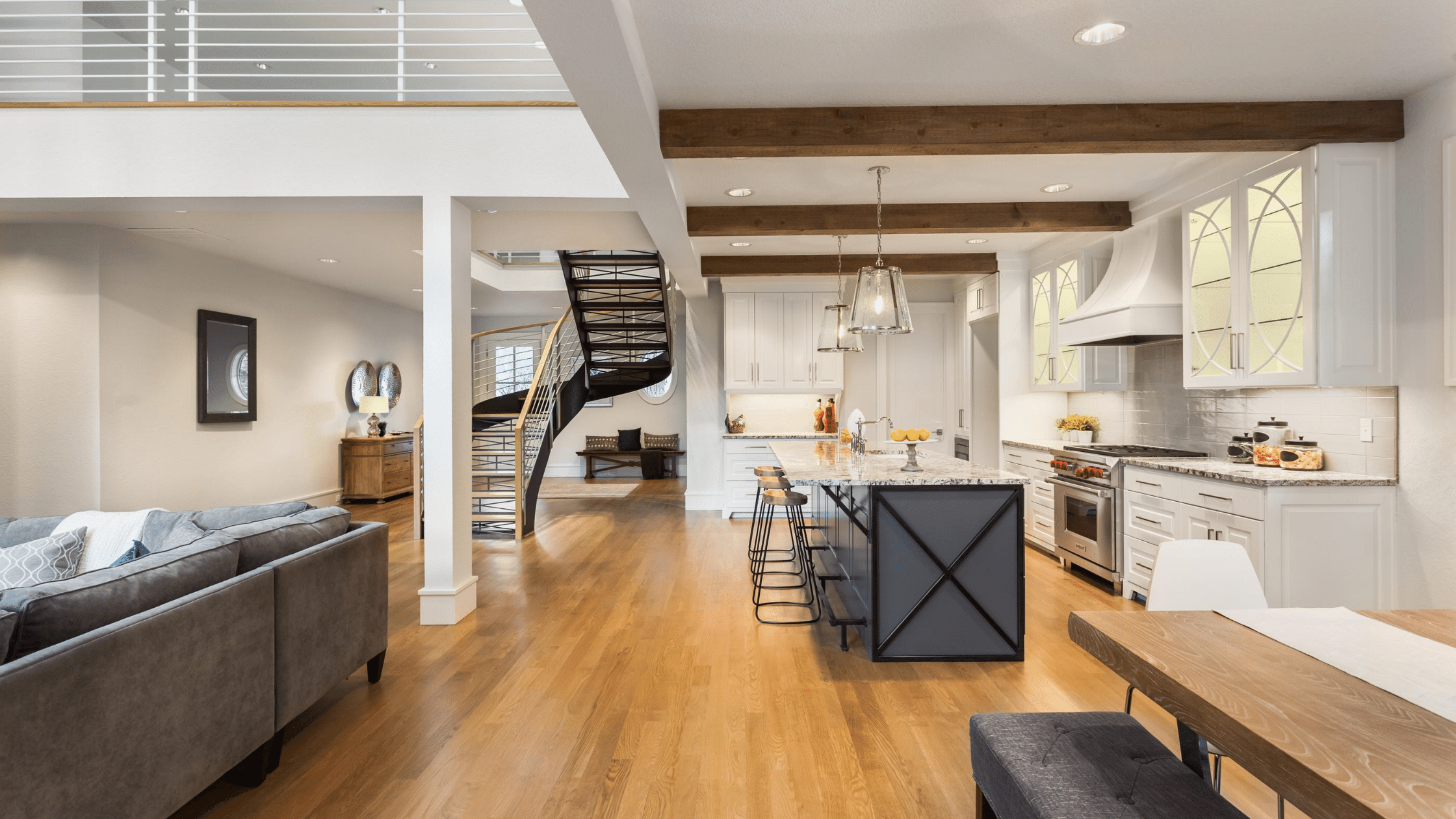
What To Do If Hardwood Flooring Was Installed Wrong?
So what should you do if you've Googled the 'best flooring installers near me' and chosen one of the many, and they have done a bad flooring job? Unfortunately, this situation happens to the best of us sometimes, so it's important to do your research, ask for past project photos and client testimonials, and check past reviews. But there is no use crying over spilled milk. It's a time for solutions.
If your hardwood flooring has been installed incorrectly, you must promptly address the issue by documenting the problems with photos and notes. After you have evidence on your side, you must contact the original installer to discuss your concerns about your bad hardwood floor installation and request a resolution.
If they refuse or cannot rectify the errors satisfactorily, you can seek legal advice and, in the meantime, consult a reputable hardwood floor installer like Sunwood for an assessment. They will provide expert advice on how to correct the installation properly and help fix the issue to improve your hardwood floors' longevity and appearance. Just remember, no matter which installer you choose, to prioritize hiring professionals with proven experience in hardwood flooring to avoid further complications.
The Bottom Line
Bad wood floor contractors are a dime a dozen, which is why these mistakes are prevalent in the hardwood flooring installation industry. That's why it's important to do your due diligence and hire a contractor who knows what they are doing and can achieve the flooring results you desire.
If you're looking for a Connecticut home design flooring specialist, consider Sunwood. We have installed hardwood flooring for hundreds of clients and can guarantee that we will not make the mistakes you've just read about in this blog. To contact us about your flooring needs, click here, and we'll help you get the flooring you deserve.

